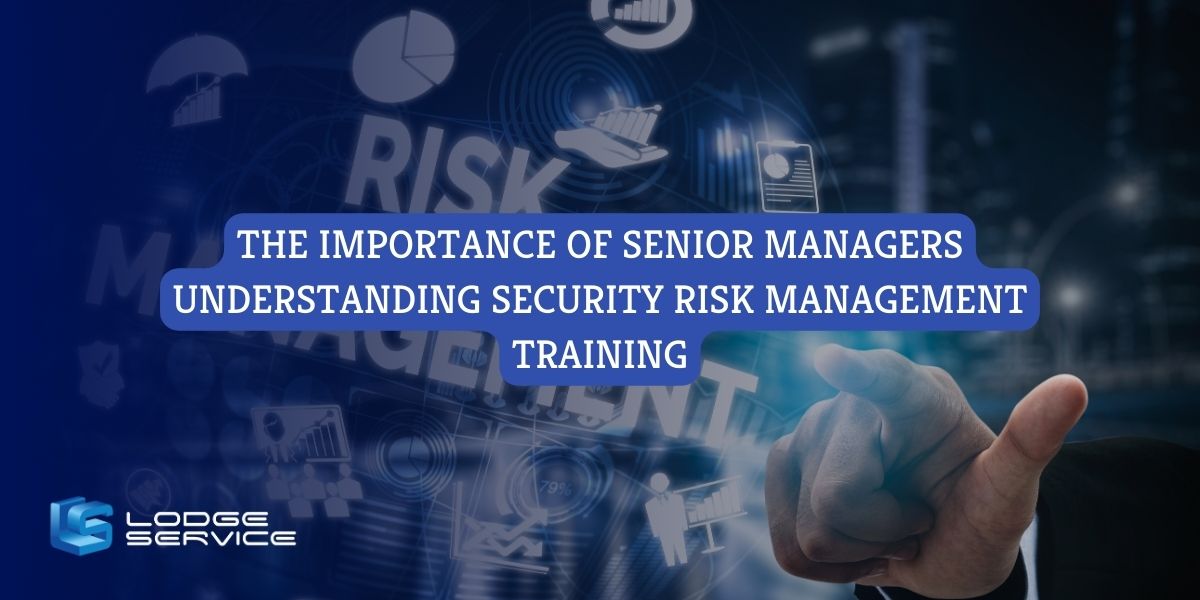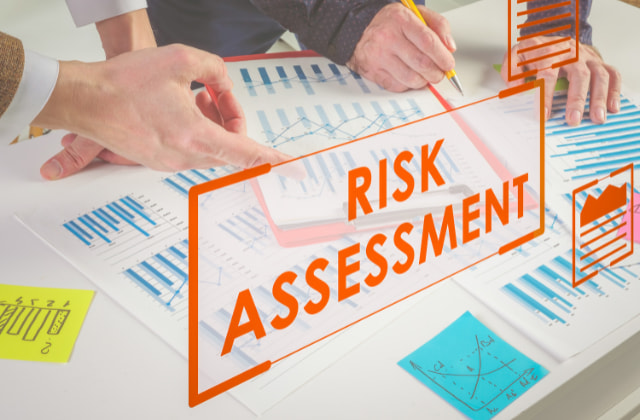The Far-Reaching Importance of Risk Management in Global Supply Chains
The Far-Reaching Importance of Risk Management in Global Supply Chains
Blog Article
The Importance of Comprehending the Value of Risk Management in Various Industries

The Core Idea of Risk Management and Its Purpose
Risk Management, the keystone of many markets, rests on the identification, assessment, and reduction of unpredictabilities in a company setting. It is an essential practice that enables companies to safeguard their assets, online reputation, and overall survival. By properly determining possible threats, companies can establish techniques to either prevent these risks from occurring or lessen their influence. The analysis process involves evaluating the chance and potential severity of these dangers. The mitigation process involves developing techniques to decrease their possible influence as soon as dangers have actually been identified and reviewed. This procedure is recurring and intermittent, making sure that organizations are planned for the ever-changing nature of Risk in different markets. The main function, thus, is to promote resilience among unpredictabilities.
Benefits of Implementing Risk Management in Organization Procedures

Revealing the Duty of Risk Management in Different Industries
While every market challenges its one-of-a-kind set of dangers, the implementation of Risk Management methods remains an usual denominator in their quest of sustainability and growth. In the health care sector, Risk Management requires ensuring client safety and security and data defense, while in financing, it entails mitigating financial investment risks and making sure governing compliance (importance of risk website link management). Construction firms focus on worker security, task delays, and spending plan overruns. In the modern technology market, firms mitigate cybersecurity risks and modern technology obsolescence. Ultimately, the duty of Risk Management throughout markets is to determine, evaluate, and minimize threats. It is a crucial part of critical planning, enabling companies to secure their assets, make best use of possibilities, and attain their goals.
Real-life Study Demonstrating Effective Risk Management
To comprehend the importance of Risk Management in these lots of fields, one can aim to numerous real-life instances that show the successful application of these steps. As an example, in the power field, British Oil established Risk mitigation plans post the 2010 Gulf of Mexico oil spill. They applied much better safety procedures and more stringent guidelines which substantially decreased more crashes. Similarly, in finance, Goldman Sachs efficiently navigated the 2008 financial situation by determining prospective mortgage-backed safety and securities threats early. Finally, Toyota, publish the 2011 quake in Japan, modified its supply chain Management to lessen disruption dangers. These cases demonstrate just how industries, picking up from dilemmas, effectively applied Risk Management methods to reduce future threats.
Future Patterns and Growths in Risk Management Methods
Cybersecurity, once a peripheral worry, has catapulted to the center of Risk Management, with techniques focusing on prevention, reaction, and discovery. The combination of ESG (Environmental, Social, Administration) factors into Risk Management is navigate to this site one more growing fad, mirroring the boosting recognition of the role that social and ecological threats play in organization sustainability. Hence, the future of Risk Management lies in the combination of sophisticated technology, ingenious strategies, and an all natural method.
Verdict
In final thought, understanding the relevance of Risk Management across a spectrum of markets is critical for their longevity and prosperity. Eventually, effective Risk Management adds to more resilient and sustainable organizations, highlighting the significance of this practice in today's very competitive and vibrant service atmosphere.
While every market challenges its one-of-a-kind collection of dangers, the execution of Risk Management techniques remains a common denominator in their search of sustainability and development. In the healthcare check my reference sector, Risk Management requires making certain patient safety and security and information protection, while in money, it entails mitigating investment dangers and guaranteeing regulative compliance. Eventually, the duty of Risk Management across sectors is to recognize, evaluate, and mitigate risks. These situations show exactly how sectors, learning from situations, successfully used Risk Management strategies to decrease future threats.

Report this page